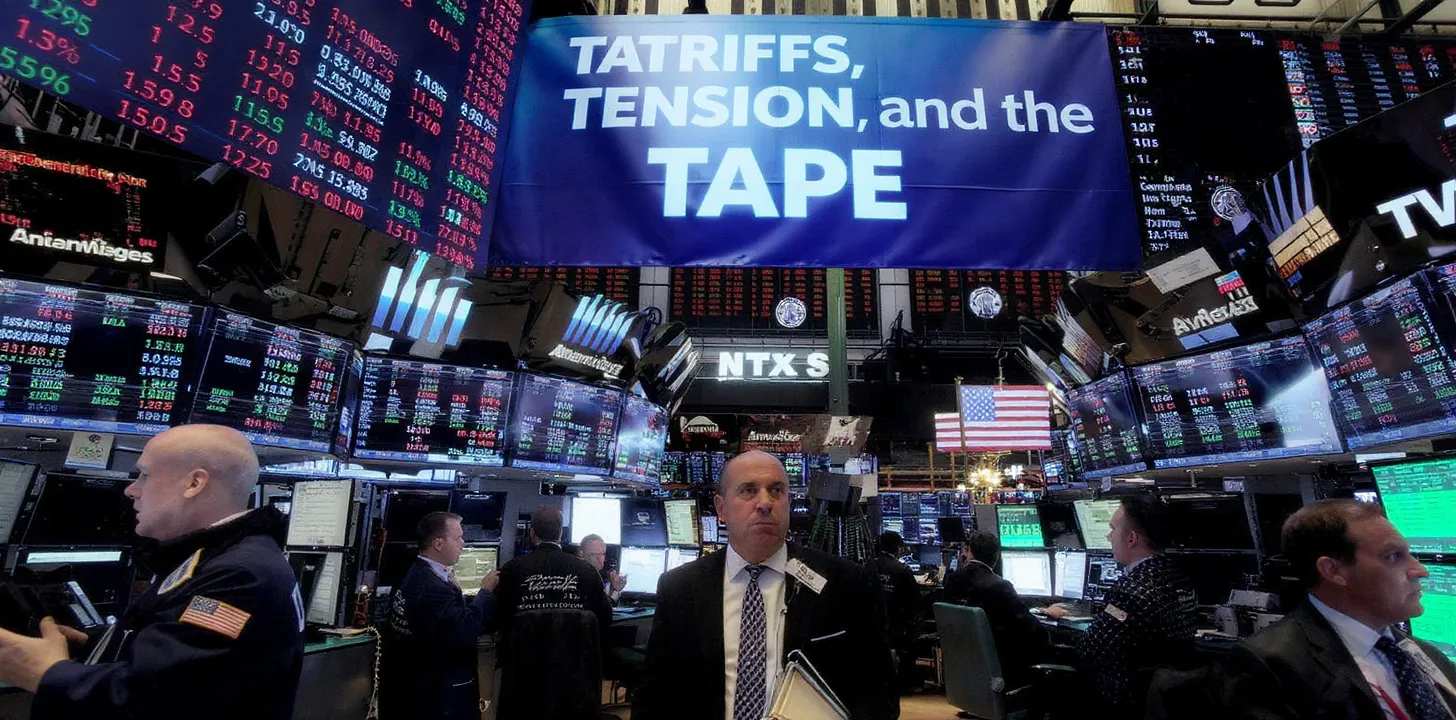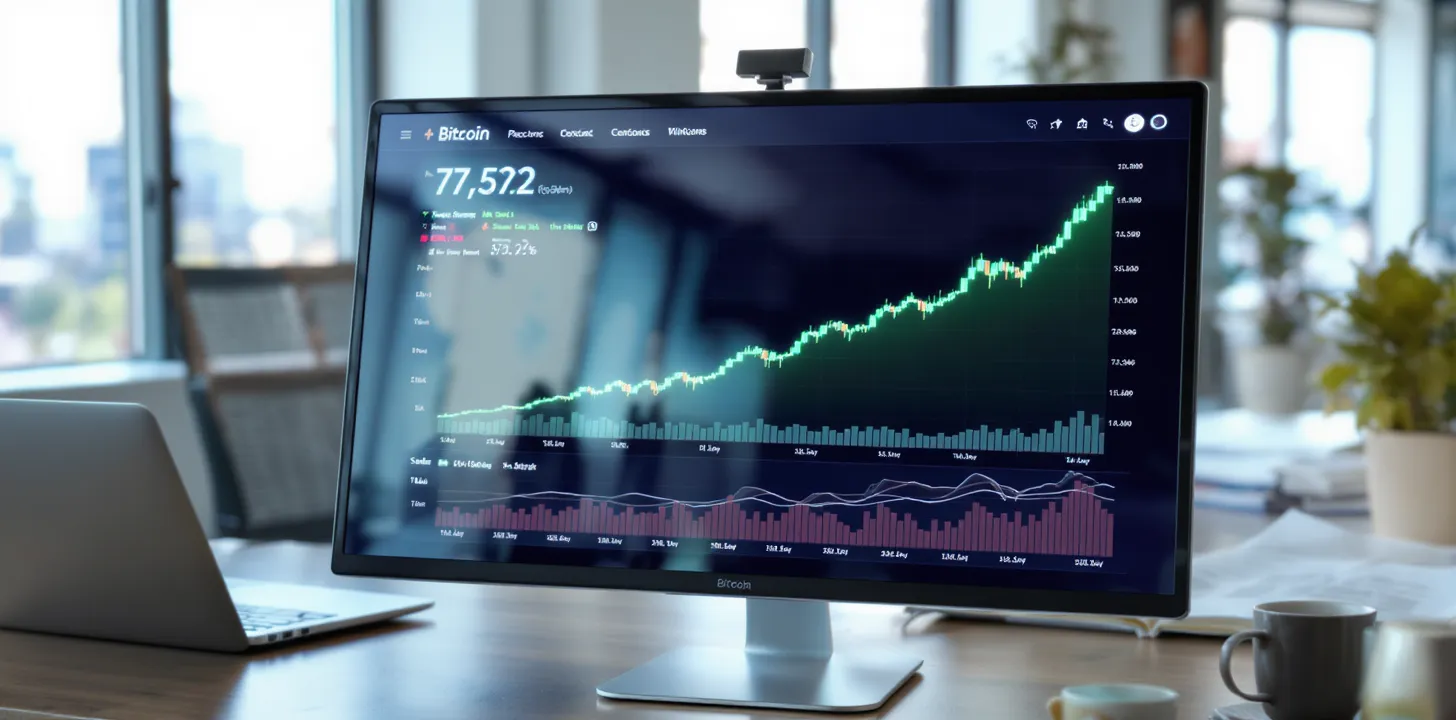Market Outlook: Trade War Fears Trigger Global Meltdown
Trade War Escalation Rocks Global Markets
The specter of a full-blown trade war between the world’s two largest economies has sent global markets into a tailspin. What began with President Trump’s sweeping tariff announcement last week escalated dramatically when China retaliated with matching 34% tariffs on all U.S. imports starting April 10. The tit-for-tat measures have fueled fears of a prolonged economic conflict with potentially devastating consequences for global growth.
In just two trading days following Trump’s tariff announcement, major U.S. indices plummeted, with the S&P 500 shedding over 10.5% and wiping out approximately $5 trillion in market value – the steepest two-day decline since the pandemic-induced crash of March 2020. The selloff has shown no signs of abating, with U.S. futures pointing to further steep declines when markets reopen.
Asian Markets Plunge as Panic Spreads
Asian markets have opened the week in freefall, with Japan’s Nikkei 225 plummeting nearly 8% in early trading before moderating slightly to a 7.1% loss. South Korea’s Kospi tumbled 5.5%, while Australia’s S&P/ASX 200 plunged 6.3%. The widespread panic suggests investors are bracing for prolonged economic pain as the U.S.-China trade dispute threatens to derail global growth.
The Japanese yen, traditionally viewed as a safe-haven currency during times of market stress, has strengthened significantly as investors seek shelter from the storm. Meanwhile, commodity prices have continued their downward trajectory, with U.S. benchmark crude falling an additional 4% to $59.49 per barrel, reflecting growing concerns about global demand.
Central Banks Face Difficult Balancing Act
Federal Reserve Chair Jerome Powell finds himself in an increasingly difficult position. While markets are now pricing in four rate cuts by the end of the year, Powell has acknowledged that the tariffs present a dual challenge – potentially boosting inflation while simultaneously slowing economic growth.
“Our obligation is to keep longer-term inflation expectations well anchored and to make certain that a one-time increase in the price level does not become an ongoing inflation problem,” Powell noted on Friday, suggesting the Fed may be hesitant to cut rates aggressively if inflation remains elevated.
In New Zealand, the Reserve Bank is widely expected to cut its cash rate by 25 basis points to 3.50% at its meeting on Wednesday and maintain an easing bias. However, the bank’s forecasts and press conference will be closely scrutinized as expectations for further easing beyond May have diminished.
Key Events to Watch This Week
- U.S. CPI and Weekly Jobless Claims (Thursday): Crucial inflation data that could influence Fed policy amid tariff concerns
- U.S. PPI and University of Michigan Consumer Sentiment (Friday): Additional indicators of price pressures and consumer confidence
- China Inflation Data (Thursday) and Trade Data (Saturday): Will provide insights into the world’s second-largest economy amid escalating trade tensions
- Fed’s March Meeting Minutes (Wednesday): May reveal discussions on inflation risks and rate cut trajectories
- Fed Speakers Throughout the Week: Comments on tariff impacts and monetary policy outlook will be closely scrutinized
- RBNZ Rate Decision (Wednesday): Expected 25bp cut with focus on forward guidance
- EU Vote on Countermeasures (Wednesday): European Union member states will vote on potential responses to U.S. tariffs
- Japan-U.S. Relations: Japanese PM Ishiba is planning a phone call with President Trump next week, adopting a conciliatory approach
- EU Finance Ministers Meeting (April 11-12): May discuss coordinated responses to growing trade tensions
Market Outlook: Prolonged Volatility Ahead
The near-term outlook for markets appears bleak as investors grapple with the implications of an intensifying trade war. The S&P 500 has now declined 17.4% from its February peak, edging closer to bear market territory – commonly defined as a 20% drop from recent highs.
“The bull market is dead,” declared Mark Malek, chief investment officer at Siebert Financial. “We might see some gains in the next few days, but for now they’re not going to be sustainable.”
While some strategists anticipate periodic relief rallies, the consensus suggests that any meaningful recovery may be weeks away. “We may see a day this week where screens are green, but any lasting rally may not arrive for three or four weeks,” noted Alex Morris, chief investment officer at F/m Investments.
As uncertainty reigns, investors are likely to remain on edge, closely monitoring both economic data and political developments for signs of either escalation or potential compromise. The path forward depends largely on whether the tariffs remain in place long-term or serve primarily as negotiating leverage to extract concessions from trading partners. For now, markets are pricing in the worst-case scenario, suggesting continued volatility lies ahead.



